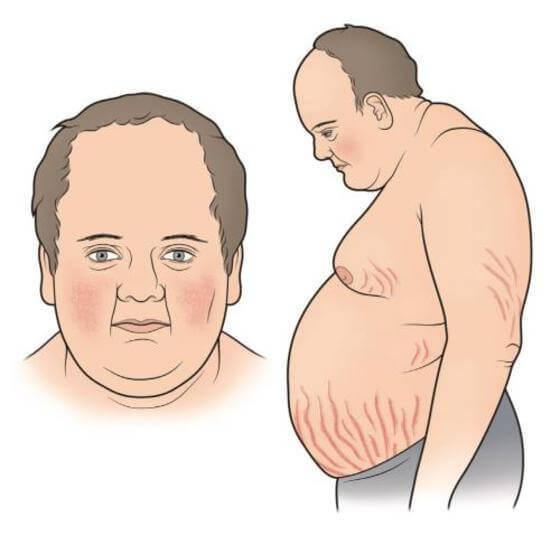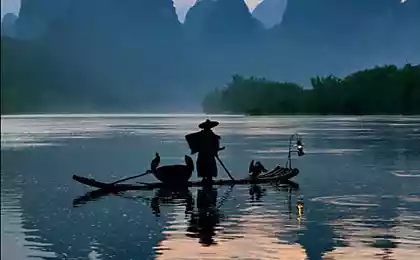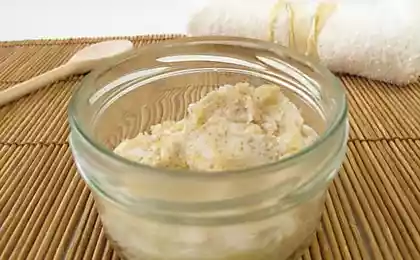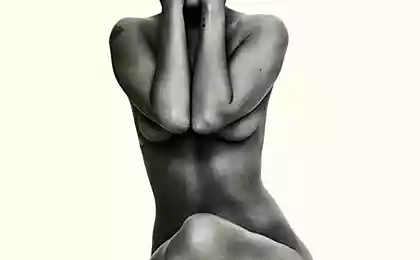475
Be attentive to stream on the body!
The problem of timely diagnosis and effective therapy of Itsenko-Cushing is still far from resolved, but today medicine has achieved some success in this area. Despite the relatively low prevalence of this disease, the problem of hyperadrenocorticism is considered relevant. This is due to the difficulties in its diagnosis due to insufficient knowledge of General practitioners about this disease. The disease has a poor prognosis without adequate treatment.

The disease Itsenko-Kushinga is a severe neuroendocrine disease, accompanied by hyperfunction of the adrenal glands. Among the reasons for onset of the disease, referred to as brain injury, tumors of the internal organs, in women it may start to occur after childbirth. This leads to hypersecretion of adrenocorticotropic hormone, which affects the stem and subcortical structures of the brain.
A little more than half a century ago, 5-year survival of patients with the disease Itsenko-Kushinga does not exceed 50%, and the normalization of cortisol levels in the blood it increased to 86%.
The problem is much compounded by the fact that the disease is Cushing's for a long time can remain not diagnosed. The average time period from first symptoms to diagnosis is 6 years.
Usually the disease is detected after the change of the attending physician or during hospitalization for complications, and only one-third of cases are diagnosed at the stage of primary care. The reasons for this are as low alertness of General practitioners and the lack of knowledge about this disease, and partly non-specific presentation of disease and lack patognomonichnykh symptoms.
Among the main symptoms that you should pay attention to the doctor, call the following:

In the treatment of a disease Itsenko-Kushinga special hopes are pinned on new pharmacological agents, and the first drug approved for medical therapy, was the somatostatin analogue pasireotide (signifor®).
Clinical case of successful medical treatment of a disease Itsenko-Kushinga
Patient V., 39 years old, was admitted with the following complaints:
Diagnosis
Laboratory findings in 2012:
MRI of the pituitary gland: the pituitary gland of normal shape and signal intensity; Turkish saddle not changed; the decussation of the optic nerves without features; cavernous sinus and the visible part of the internal carotid artery.
The treatment:
Be attentive to your health and the health of your loved ones!
P. S. And remember, just changing your mind — together we change the world! ©
Join us in Facebook and in Vkontakte, and we're Classmates
Source: estet-portal.com/praktika/bolezn-itsenko-kushinga-budte-vnimatelny-k-striyam-na-tele

The disease Itsenko-Kushinga is a severe neuroendocrine disease, accompanied by hyperfunction of the adrenal glands. Among the reasons for onset of the disease, referred to as brain injury, tumors of the internal organs, in women it may start to occur after childbirth. This leads to hypersecretion of adrenocorticotropic hormone, which affects the stem and subcortical structures of the brain.
A little more than half a century ago, 5-year survival of patients with the disease Itsenko-Kushinga does not exceed 50%, and the normalization of cortisol levels in the blood it increased to 86%.
The problem is much compounded by the fact that the disease is Cushing's for a long time can remain not diagnosed. The average time period from first symptoms to diagnosis is 6 years.
Usually the disease is detected after the change of the attending physician or during hospitalization for complications, and only one-third of cases are diagnosed at the stage of primary care. The reasons for this are as low alertness of General practitioners and the lack of knowledge about this disease, and partly non-specific presentation of disease and lack patognomonichnykh symptoms.
Among the main symptoms that you should pay attention to the doctor, call the following:
- Obesity: fat deposited on the arms, abdomen, face, Breasts and back. Despite the fat body, hands and feet patients with thin. The face becomes Crescent-shaped, round, cheeks red.
- Pink-purple or purple stripes (striae) on the skin.
- Excessive body hair growth (females grow a mustache and beard on the face).
- In women — menstrual irregularities and infertility in men — decrease in sexual desire and potency.

In the treatment of a disease Itsenko-Kushinga special hopes are pinned on new pharmacological agents, and the first drug approved for medical therapy, was the somatostatin analogue pasireotide (signifor®).
Clinical case of successful medical treatment of a disease Itsenko-Kushinga
Patient V., 39 years old, was admitted with the following complaints:
- the presence of stretch marks (striae) on the abdomen, hands and feet;
- hyperemia and vascular mesh on the face;
- blurred vision, lacrimation;
- fluctuations in blood pressure (BP) with heartbeat, periodic increase in blood pressure to 170-180/100-110 mm Hg. article;
- frequent headaches;
- gradual weight loss on a background of excess body weight (from 106 to 95 kg);
- the decline in growth of 6 cm;
- the tendency to bruising with minimal trauma.
Diagnosis
Laboratory findings in 2012:
- cortisol levels blood 630,47 ng/ml (at a rate of 50-250);
- ACTH– 127 PG/ml (norm 7-69);
- HbA1c is 7.3%.
- the blood cortisol level – 1009 ng/ml (at norm 170-720);
- ACTH – 117 PG/ml (norm 7-69);
- HbA1c 11.6 percent.
- Computed tomography of the abdomen and retroperitoneum: adrenal glands uniformly increased in size, clear outlines, smooth; the structure is not changed, the calcification does not contain;
- the lipomatosis of the abdominal cavity, the retroperitoneal lymph nodes are not enlarged;
- pronounced osteoporosis, multiple consolidated rib fractures.
MRI of the pituitary gland: the pituitary gland of normal shape and signal intensity; Turkish saddle not changed; the decussation of the optic nerves without features; cavernous sinus and the visible part of the internal carotid artery.
The treatment:
- since 2012, took drugs bromocriptine at a dose of 0.01 g/day;
- therapy diabetes – Metformin from 1.7 to 2 g/day, 2013 – insulin therapy in combination with Metformin 2 g/day;
- treatment of osteoporosis a combination of calcium with vitamin D3;
- therapy of hypertension – ACE inhibitors.
- cortisol levels daily urine (at a rate of 28.5-213,7 µg/24 h) – 8765,0 µg/24 h;
- the blood cortisol level (at a rate of 50 -250 ng/ml) – 639,52 ng/ml;
- HbA1c is 9.1%;
- HELL to 180/110 mm Hg. article;
- body weight – 92 kg.
- cortisol levels daily urine (at a rate of 28.5-213,7 µg/24 h) – 1155,6 µg/24 h;
- the blood cortisol level (at a rate of 50-250 ng/ml) – 259 ng/ml;
- HbA1c is 8.5%;
- blood pressure is no higher than 145/95 mm Hg. article;
- body weight – 86 kg.
Be attentive to your health and the health of your loved ones!
P. S. And remember, just changing your mind — together we change the world! ©
Join us in Facebook and in Vkontakte, and we're Classmates
Source: estet-portal.com/praktika/bolezn-itsenko-kushinga-budte-vnimatelny-k-striyam-na-tele
The incredible story of three brothers cheetahs. It's hard to believe!
Flint water — cure 100 diseases























